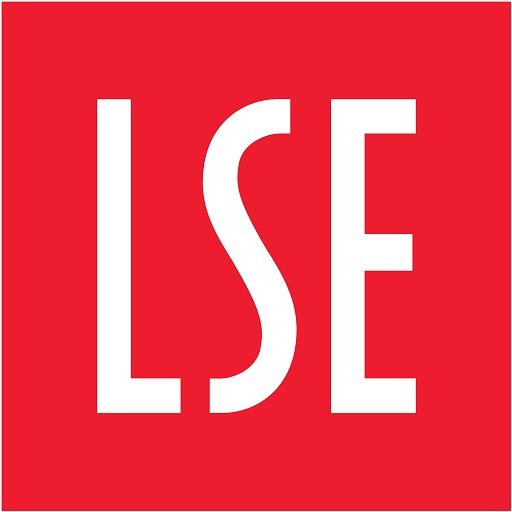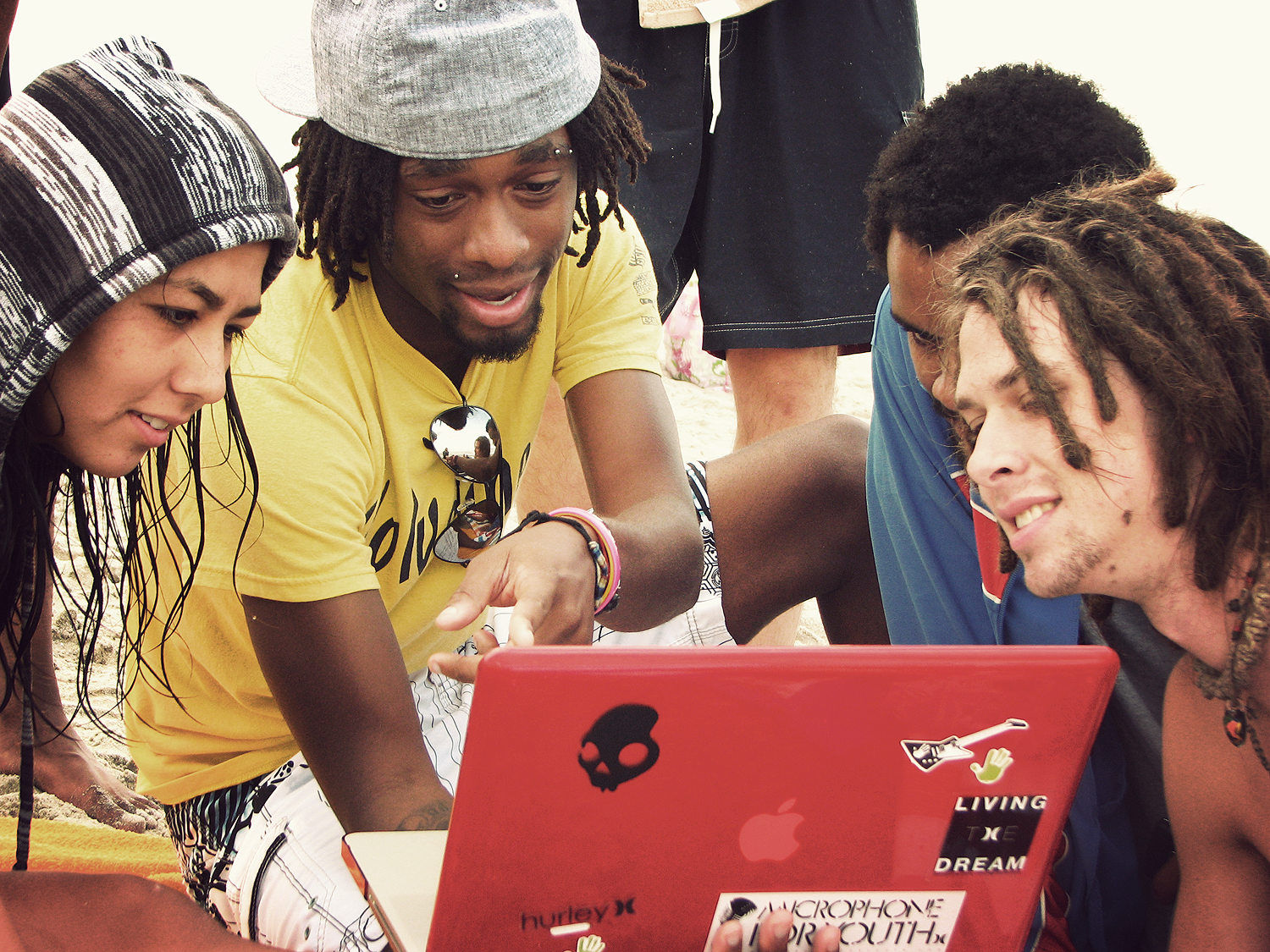Julian McDougall, Professor in Media and Education at Bournemouth University, reports for the Media Policy Project on recent developments in the field of media and information literacy which was discussed recently in Riga at the second European Media and Information Literacy Forum.
In 2014, I reported from Paris for this blog on the inaugural forum of the Global Alliance for Media Information Literacy (GAPMIL) and the UNESCO declaration on media and information literacy (MIL) that was drafted at that event. LSE’s Sonia Livingstone and I had collaborated on a UK report for an EU COST action which fed into the GAPMIL and UNESCO developments. From March 2010 to February 2014, this project “Transforming Audiences, Transforming Societies” coordinated and encouraged research efforts into the key transformations of European audiences within a changing media and communication environment, identifying their complex interrelationships with the social, cultural and political areas of European societies. Two years on at the second GAPMIL event in Riga, I was saying similar things, from the perspective of an academic and researcher. However, it’s striking, on reflection here, how much the international context has shifted in those two years.
Similarities
At the Riga forum, I shared outcomes from three projects I have been working on – another COST report, a European Audiovisual Observatory survey in progress, and some work for the United Kingdom Literacy Association on media literacy and civic engagement.
My brief was to talk about teacher training needs for media and information literacy across the GAPMIL member countries. I used the opportunity to talk about MIL as a negotiation of expertise and ideally a set of ‘third space’ practices, and to argue against the kind of deficit model and functionalist/protectionist thinking that can, intentionally or not, pervade policy statements and declarations in this field. A third space is something complex that falls in between formal education and informal, home/community learning. Embracing this concept means we accept that media literacies are varied, diverse and elusive to simple sets of competences, or to ‘good and bad’ ideas about media and technology.
The COST report audits digital literacy in the UK. In this context, as so often, the key finding is: ‘it’s complicated’. The report concludes with an outline of how digital capability research and interventions provide an environment for making a difference in redistributive terms – CEMP’s recent project with Samsung is one such example. The researchers worked with teachers, parents, students, community workers and a group of stakeholders – Samsung, a housing association, school governors and special educational needs professionals – to draw up a framework of how digital literacy functions translate into broader capabilities. Such capabilities can, with technology, address both social inequalities and what needs to be in place for education to support this.
The European Audiovisual Observatory work maps non-curricular and non-school based MIL work in the UK, such as that undertaken by Ofcom, The Big Lottery Fund, Tinder Foundation, United Kingdom Literacy Association and the British Film Institute, as well as academic research outputs including those from the LSE. As with our previous work for COST, we’ve found a great deal of good practice but, compared to other EU member states, a lack of political mandate or ministerial accountability. I was encouraged to include the Department of Culture Media and Sport (DCMS) as a major stakeholder but was unable to pin down exactly what stake they are holding! How to engage the kinds of public and private stakeholders mentioned above to form partnerships and develop MIL is tricky when the objectives can, at first glance, appear peripheral to the business of the ‘attention economy’, and at worst a threat to industry and creativity. (By this I mean that ‘critical thinking’ about media products may lead to a resistant audience and thus a decline in consumption in simple terms. For more on the ‘attention economy’, see this presentation by Matt Locke).
I was also able to reference recent work by Sonia Livingstone – The Class, with its rich, ‘inch wide, mile deep’ ethnographic methodology. In this recently published study, Livingstone and Julian Sefton-Green followed a secondary school class in London for a year, paying sustained attention to the different ways in which each student’s lived experience of school, family and the social world was partly, and uniquely, technologically mediated/networked. This is such an important antidote to some of the ‘mass observation’ mapping commissioned by the EU and European Commission, and also to the more quantitative EU Kids Online project.
The changed context
Since the Paris forum, we have seen a proliferation of terrorist attacks on EU nations, the refugee crisis (and the confused European response to it), as well as the rise of xenophobic reactions to Islam and migrants more broadly. In addition, Istanbul’s Ataturk airport was attacked during the forum and we discussed the increase in hate discourse across social media. Responses from delegates, EU and European Commission representatives and the UNESCO rapporteur to these developments – which centred on the (laudable) view that MIL could be used as a safeguard against hate discourse – were well intentioned and heartfelt. But they inevitably ranged from hopeful to sometimes misguided. It is hard to see how UNESCO statements about the importance of addressing hate speech translate meaningfully for those members of society who are ‘information resistant’ (UNESCO’s term) and/or reluctant to engage in public debate – those in the margins but happily so. We hope GAPMIL can drive this forward into social and civic practice.
These examples aside, the forum’s panels and plenaries shared information about projects and research around some common themes. For example, we discussed regulation, governance and self-governance, often framed by journalistic notions of validity, and how to make use of ‘observateurs’ (members of the public verified by journalists as reliable eye witnesses through social media) within ethical safeguards. The role of libraries in MIL was prominent, perhaps unsurprisingly, given that the venue was the National Library of Latvia; also prominent was the role of librarians as agents of digital literacy. Rights, privacy and protection were unpacked in the context of the Brexit implications (whereby UK citizens will not in future be able to appeal to a European legislation), as was the notion of ‘safety in numbers’ required for encryption (i.e. if we all encrypt, individuals are not on the radar as having something particular to hide) as part of a panel which included the slogan “Privacy is almost easy”.
Since Paris, it’s clear the MIL movement has moved ahead at a pace, and the additions to the UNESCO declaration include the objective to foreground research-informed approaches. The outcomes of the Riga forum include this set of UNESCO recommendations on MIL.
How UK partners will be situated in the new European order remains to be seen, but I proposed a UK event, combining the GAPMIL forum with the Media Education Summit. We agreed to connect online when the GAPMIL event in Brazil and the UNESCO global MIL week coincides with the Media Education Summit in Rome.
These are strange times for a UK researcher in Europe, but we move forward with (tentative) hope.
This blog gives the views of the author and does not represent the position of the LSE Media Policy Project blog, nor of the London School of Economics and Political Science.






